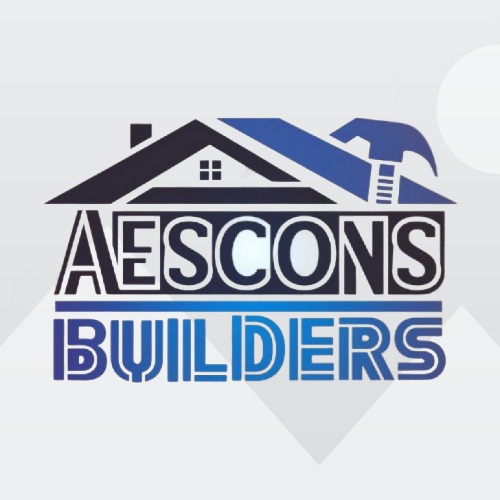I. Introduction
The landscape of home construction is experiencing a dynamic shift. As we move further into the 21st century, various factors—ranging from technological advancements to heightened environmental awareness—are influencing how homes are designed and built. These changes reflect not only the evolution of aesthetics but also the necessity for functionality and sustainability. Design trends are becoming more significant in modern living, affecting everything from the choice of materials to the layout of living spaces. This article aims to highlight current and emerging design trends in home construction, providing insights into how these trends can enhance both the functionality and beauty of our homes.
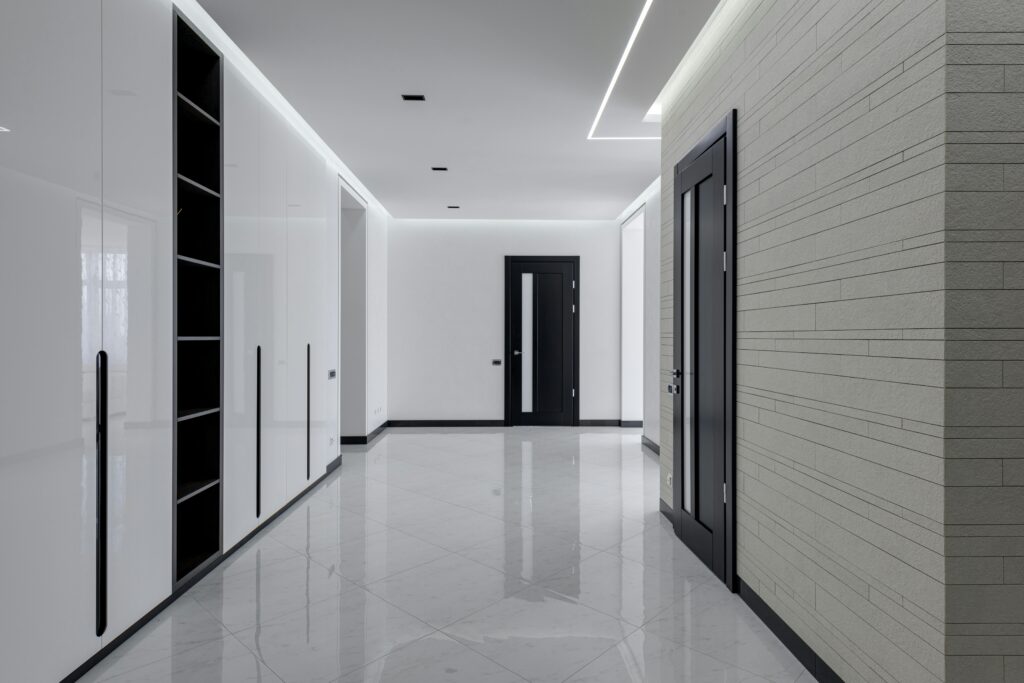
II. Sustainability and Eco-Friendly Design
A. Growing Use of Sustainable Materials
The forefront of modern design trends is sustainability.The increasing awareness of climate change and environmental degradation has prompted homeowners and builders to seek eco-friendly alternatives. This includes the use of recycled and reclaimed resources, such as wood from old barns or repurposed bricks. These materials not only reduce waste but also add unique character and history to a home.
In addition to recycled materials, eco-conscious sourcing practices have gained popularity. Builders are prioritizing local materials to minimize transportation emissions and support regional economies. This trend fosters a more sustainable construction process while allowing homeowners to feel more connected to their local environment.
B. Energy-Efficient Design Features
An essential element of sustainable home design trend is energy efficiency.Homeowners are increasingly investing in energy-efficient features, such as high-quality insulation, double-glazed windows, and energy-efficient appliances. Solar energy integration is also becoming standard, with many new homes equipped with solar panels to harness renewable energy.
The utilization of smart technology is essential for improving energy efficiency. Smart thermostats, lighting systems, and energy monitoring devices allow homeowners to manage their energy use more effectively. This lowers utility costs and promotes a more sustainable way of living.
C. Biophilic Design
Biophilic design is another significant design trend, emphasizing the connection between humans and nature. This design approach incorporates natural elements into the built environment, promoting well-being and health. Features like living walls, natural light, and indoor plants create spaces that are not only aesthetically pleasing but also psychologically beneficial.
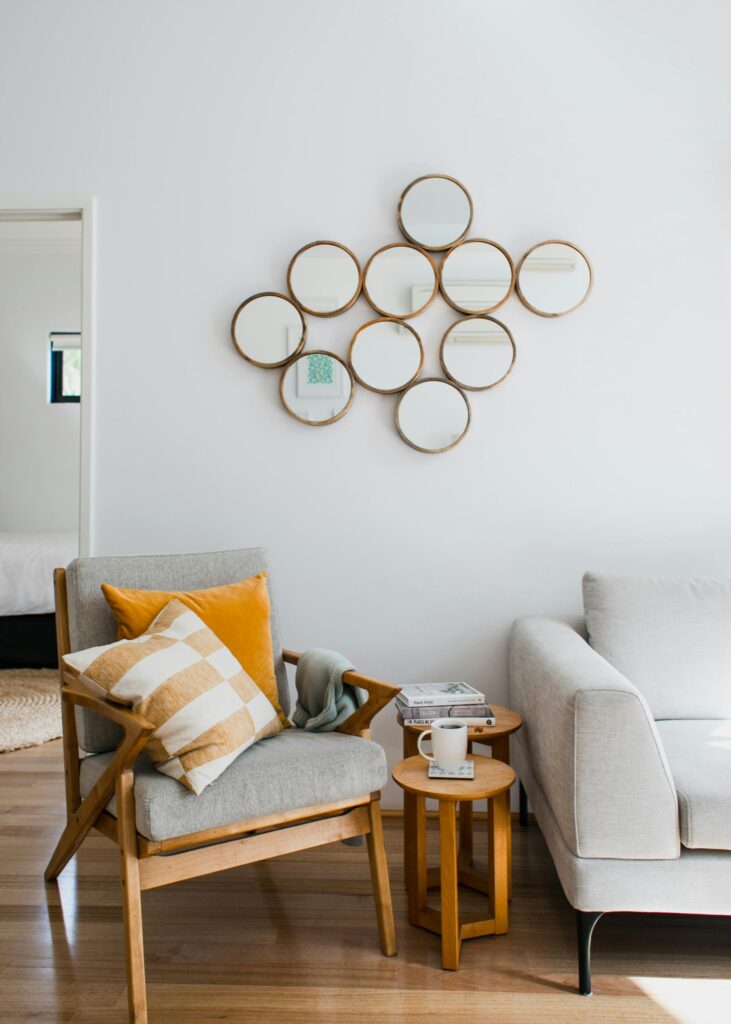
Research has shown that biophilic design trend can improve mood, reduce stress, and enhance overall well-being. As homeowners seek to create calming and restorative spaces, the integration of nature into home design is likely to remain a prominent trend.
III. Open Floor Plans
A. Evolution and Definition of Open Floor Plans
Open floor plans have gained popularity over the past few decades, transforming traditional home layouts. This design trend removes walls between common areas, creating a seamless flow between the kitchen, dining, and living spaces. This evolution reflects a shift in how families and individuals prefer to interact and utilize their living spaces.
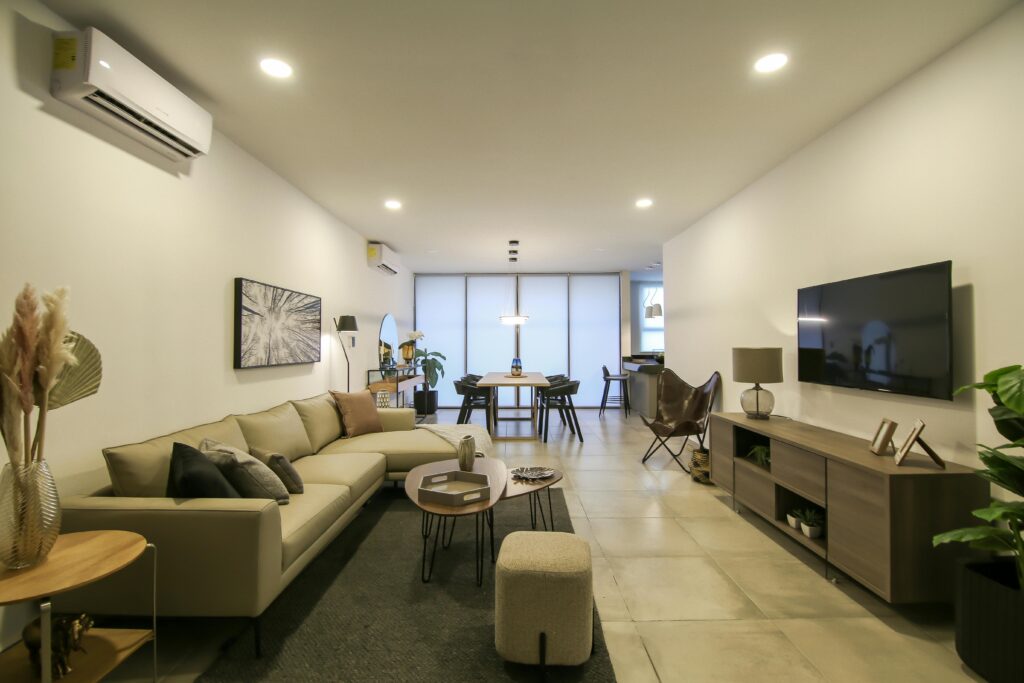
B. Advantages for Contemporary Lifestyles
One of the primary advantages of open floor plans is their ability to foster social interaction. In today’s fast-paced world, where families often juggle busy schedules, having a shared space that encourages connection is invaluable. Open layouts also maximize natural light, making homes feel more spacious and inviting.
C. Addressing Challenges in Open Layouts
While open floor plans offer numerous benefits, they do come with challenges. Noise and privacy concerns can arise in such layouts. To address these issues, homeowners can implement design solutions like sound-absorbing materials, strategically placed furniture, or even partial walls to define different areas without closing them off completely.
IV. Minimalism and Functionality
A. The Minimalist Design Philosophy
In home building, minimalism is a design philosophy that is still gaining popularity. Characterized by clean lines, simplicity, and a lack of clutter, minimalist design encourages homeowners to focus on what truly matters. This approach promotes a sense of peace and tranquility, making spaces feel more open and less overwhelming.
B. Importance of Functional Design
In addition to aesthetics, functional design is paramount in today’s homes. Multi-functional furniture—such as convertible sofas, extendable dining tables, and built-in storage solutions—helps maximize space, particularly in smaller homes. These innovations allow homeowners to adapt their living areas to suit various needs, from entertaining guests to relaxing with family.
C. Flexible Spaces for Diverse Needs
The trend towards flexible spaces is also gaining momentum. Homeowners are increasingly seeking designs that can easily transition from one use to another. For example, a home office may also serve as a guest room or a play area, accommodating the diverse needs of modern living.
V. Smart Home Technology Integration
A. Popular Smart Home Features
Smart home technology is rapidly changing how we live and interact with our homes. Smart lighting controls, controlled thermostats, and cutting-edge security systems are popular features that enable homeowners can remotely operate different parts of their house. Voice-activated assistants further enhance convenience, enabling users to manage their environment with simple commands.
B. Benefits of Integrating Technology in Construction
Integrating technology into home construction provides numerous benefits. Modern convenience and increased security put homeowners’ ability to view their properties and control equipment from anywhere at the forefront. Energy management and automation also contribute to a more efficient lifestyle, reducing energy waste and costs.
C. Future Trends in Smart Home Designs
Smart home design appears to have a bright future as technology advances. Emerging design trends include the development of more sophisticated artificial intelligence systems that can learn homeowners’ preferences and adjust settings automatically. The integration of smart home features will become increasingly seamless, making homes more intuitive and responsive to individual needs.
VI. Outdoor Living Spaces
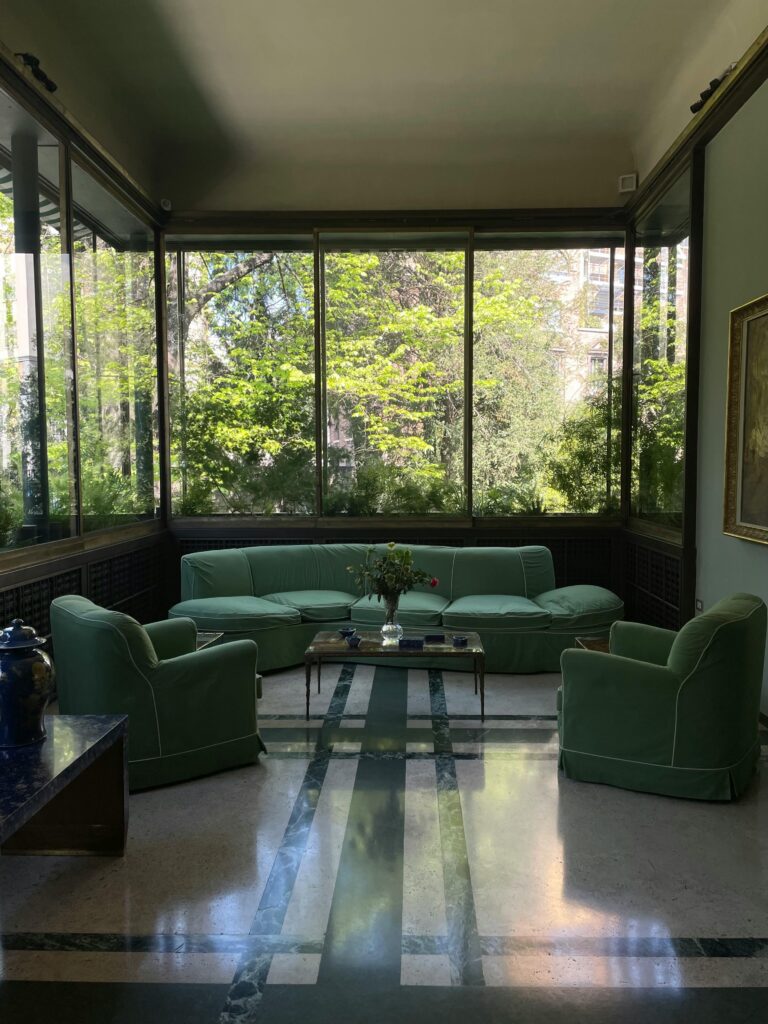
A. Growing Significance of Outdoor Areas
The importance of outdoor living spaces has surged in recent years, particularly as people have spent more time at home. Outdoor areas are now seen as essential extensions of living spaces, providing opportunities for relaxation, socializing, and entertainment.
B. Key Features of Outdoor Living
Key features of outdoor living spaces include patios, decks, and gardens designed for comfort and functionality. Outdoor kitchens and entertainment zones are becoming increasingly popular, allowing homeowners to host gatherings and enjoy meals in a beautiful natural setting. Fire pits and comfortable seating areas further enhance the outdoor experience, creating inviting atmospheres for family and friends.
C. Impact on Lifestyle and Wellness
The incorporation of outdoor living areas improves general well-being in addition to lifestyle. There are several health advantages to being outside, such as lowered stress levels and elevated mood.By creating inviting outdoor environments, homeowners can enjoy a greater connection to nature and enhance their quality of life.
VII. Customization and Personalization
A. Shift Towards Bespoke Home Designs
Today’s homeowners are increasingly seeking customization and personalization in their home designs. The trend towards bespoke homes allows individuals to create spaces that reflect their unique tastes, lifestyles, and values. This shift signifies a move away from cookie-cutter designs toward tailored living environments.
B. Reflecting Individual Tastes in Construction
Home customization can take many forms, from architectural details to interior finishes. Homeowners now have the opportunity to select everything from floor plans to materials, ensuring that their homes truly represent their identities. This emphasis on personal expression enhances the emotional connection individuals have with their living spaces.
C. Examples of Customizable Elements in Modern Homes
Customizable elements in modern homes include tailored cabinetry, unique lighting fixtures, and personalized layouts that cater to specific needs. The ability to choose colors, finishes, and materials empowers homeowners to create spaces that resonate with their individual styles.
VIII. Conclusion
In conclusion, the design trends in home construction reflect a blend of sustainability, functionality, and personal expression. As we move forward, these trends will continue to shape how we build and live, allowing homeowners to create spaces that enhance their quality of life. Through the use of creative ideas and environmentally conscious methods, people can create stunning, practical, and long-lasting homes.
IX. contact us
What design trends are you most excited about? if yes then contact us click here
